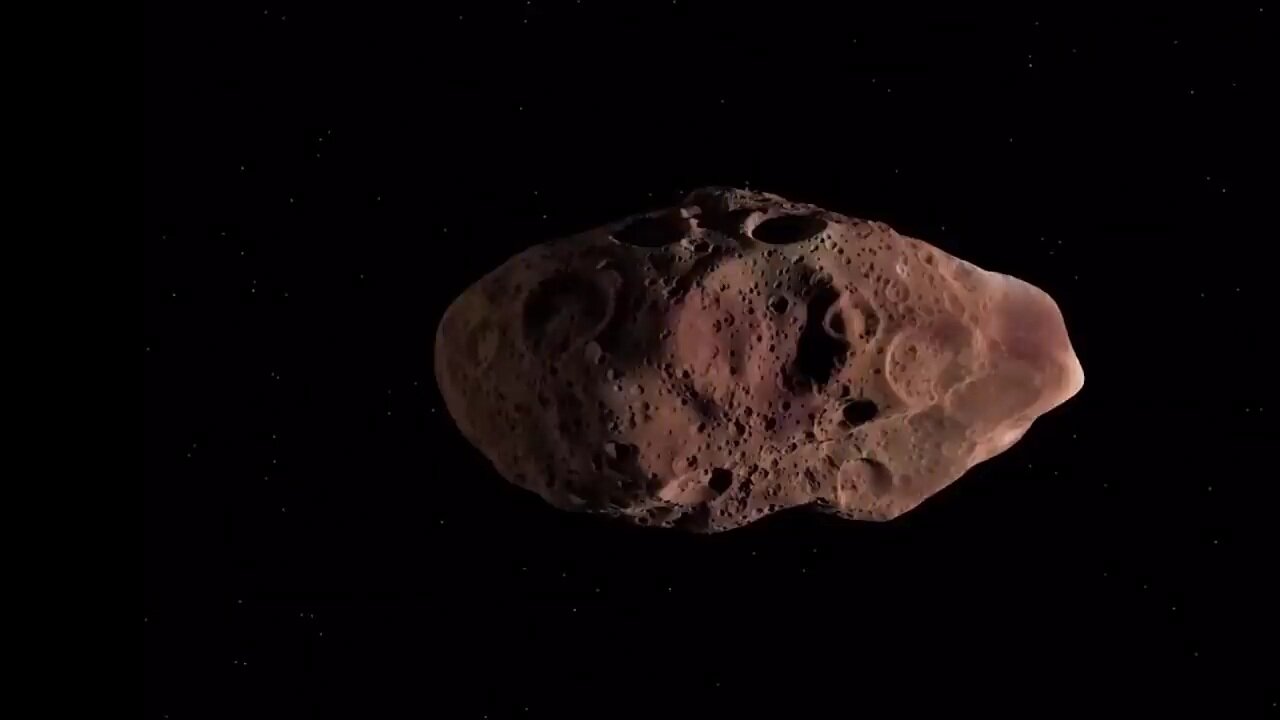Premium Only Content

A discovery that no one can explain! NASA passes the James Webb telescope.
Kindly subscribe to the Universe Space SL YouTube channel which brings you daily the latest information about interstellar space. Know the latest information. The universe is infinite. We can learn infinite things from it. When the James Webb Space Telescope was launched
In French Guiana on Christmas Day 2021, researchers expected it to provide incredible images of distant galaxies and star-forming regions, as well as probe the chemical composition of exoplanet atmospheres.
And NASA's flagship space telescope hasn't let us down.
JWST has already taken pictures of galaxies far away from Earth, and cosmic expansion has pushed their light deeper into the infrared range that the telescope is designed to detect. So, what did JWST find?
Jupiter? Will the mystery of the giant red spot finally be solved? Join us today for an amazing new discovery of Jupiter by James Webb Space
The telescope that changes everything!
fifth planet from the Sun, and the gas giant has a lengthy history of surprising astronomers. This stormy Region is covered with bright clouds and called for the sort of gods in Roman mythology. The Great Red Spot is the largest and most known storm is twice as broad as the Earth.
Galiled's 1610 discovery of Jupiter's four massive moons
I0 Europa, Ganymede, and Callisto revolutionized our understanding of the cosmos and our place within it.
These observations, which marked the first-time celestial bodies were discovered orbiting a body other than the
Earth, supported the Copernican notion that the Earth was not the center of the universe. According to NASA, Jupiter is more than twice as big as the rest of the solar system combined. Jupiter's massive size could hold more than 1300 Earths. If Jupiter were the size of a volleyball, Earth would be the size of a blueberry. because it was formed from gas left over from the sun's birth Jupiter was most likely the first planet to develop in the Solar System, and if it had been roughly 80 times more massive during its birth, it would have expanded into its own star. james webb telescopejames webb telescope terrifying discoveryjames webb proxima b,james webb telescope proxima bjames webb space telescope,james webbjames webb discoveryjames webb aliens,james webb trappistjames webb new image,webb telescope,james webb updatejames webb new images,proxima centauri,proxima b,proxima b aliens,proxima b radio signal,exoplanets,aliens,solar system,space,space videos,you curious,youcurious
-
 16:35
16:35
Clintonjaws
3 hours ago $78.98 earnedBill Maher vs Bill O'Reilly Trump Debate - This Is Priceless!
58.2K60 -
 LIVE
LIVE
TheItalianCEO
2 hours agoSunday COD into Arc Raiders
63 watching -
 2:08:22
2:08:22
Game On!
1 day ago $53.91 earnedNFL Week 10 Wise Guy Roundtable BEST BETS!
170K8 -
 LIVE
LIVE
VanPlaty
42 minutes agoArc Raiders - Blueprint hunting today
18 watching -
 LIVE
LIVE
SOLTEKGG
2 hours agoLIVE (30+ KILL WORLD RECORD) - Battlefield 6
81 watching -
 23:30
23:30
Lady Decade
18 hours ago $14.04 earnedYakuza Kiwami 3 is Causing Outrage !
28.5K8 -
 LIVE
LIVE
ReAnimateHer
1 day agoWes Craven: The Mastermind Who Rewired Horror | Coffee Chat of Horrors
51 watching -
 10:23
10:23
Forrest Galante
7 hours agoAsking an Indian Billionaire Why He Is Saving 1 Million Animals
67.6K16 -
 LIVE
LIVE
Lofi Girl
3 years agolofi hip hop radio 📚 - beats to relax/study to
173 watching -
 6:14
6:14
PistonPop-TV
2 days ago $37.38 earnedThe VW 07K: The Indestructible Five-Cylinder with Lamborghini DNA
27.4K8